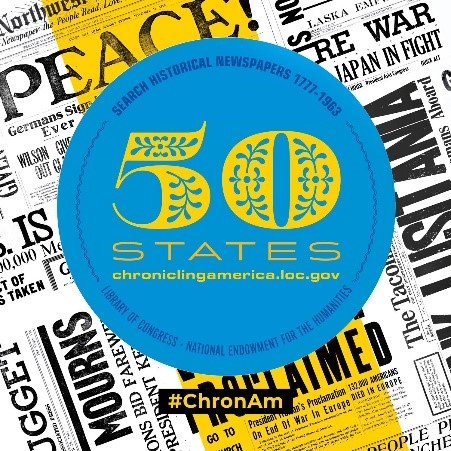Grants to history organizations in Minnesota that impact genealogists
From a 20 September 2022 press release from the Minnesota Historical Society:
The Minnesota Historical Society (MNHS) is pleased to announce the newest recipients of 28 Minnesota Historical and Cultural Heritage Small Grants ($10,000 and less), totaling $264,831 in 15 counties. Small grants are awarded quarterly to help nonprofits, educational organizations, government units and federally recognized tribes to preserve and share Minnesota history. This cycle of awards was approved by the MNHS Executive Council on Sept. 7, 2022.
Minnesota Historical and Cultural Heritage Grants are made possible by the Legacy Amendment’s Arts and Cultural Heritage Fund through the vote of Minnesotans on Nov. 4, 2008. The Legacy Amendment supports efforts to preserve Minnesota land, water and legacy, including Minnesota history and cultural heritage.
A Selection of the Minnesota Historical and Cultural Heritage Small Grant Recipients and it will be immediately evident why family historians should be excited.
Brown County Historical Society, New Ulm, $8,691
To provide better organization of the museum’s archival collections, allowing for greater public access to the community’s historic resources.
Cannon Falls Area Historical Society, Cannon Falls, $10,000
To hire qualified professionals to produce the second half of a manuscript on the history of the Mineral Springs Sanatorium.
Historical and Cultural Society of Clay County, Moorhead, $10,000
To provide better organization of the museum’s archival collections, allowing for greater public access to the community’s historic resources.
Le Sueur County Historical Society, Le Center, $9,875
To purchase a microfilm reader/printer/scanner to make microfilmed records more accessible to the public.
Washington County Historical Society, Stillwater, $10,000
To hire a qualified historian to research and write the history of brewing and breweries in Washington County.
To view more of the grant recipients click here.

 holdout states in the National Newspaper Project/Digital Newspaper Project in recent years. It now covers all 50 states+! “The success of the program over the past 18 years has extended the collection scope to the current date range of 1777-1963, to include any language published in the United States, and to include newspapers published in all 50 states, the District of Columbia, Puerto Rico, and the US Virgin Islands.”
holdout states in the National Newspaper Project/Digital Newspaper Project in recent years. It now covers all 50 states+! “The success of the program over the past 18 years has extended the collection scope to the current date range of 1777-1963, to include any language published in the United States, and to include newspapers published in all 50 states, the District of Columbia, Puerto Rico, and the US Virgin Islands.”